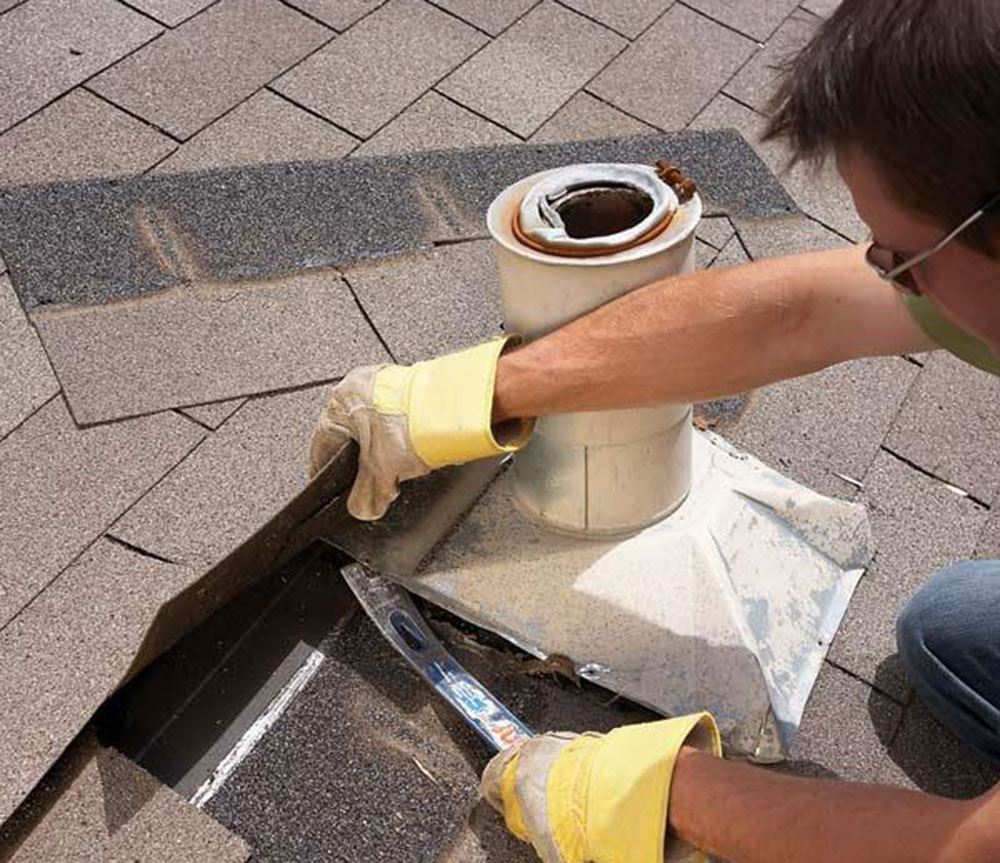Roofing is a important element of structure for a quantity of important reasons:
Protection from the Elements: One of the first features of a roof is to offer shelter and safety from environmental parts similar to rain, snow, wind, and extreme temperatures. It prevents water from coming into the building, which might cause structural injury, mold growth, and other issues.
Structural Integrity: Roofs play an important function in sustaining the structural integrity of a constructing. They distribute the load of the roof and any hundreds (e.g., snow) evenly to the partitions and basis. A well-designed and correctly constructed roof ensures the steadiness and safety of the complete structure.
Aesthetics and Design: Roofs are a visible and prominent a half of a building's exterior. https://roofrestorationcamden.com.au/roof-repairs-services/ use roof design to reinforce the overall aesthetics of a structure. The shape, materials, and magnificence of the roof can contribute to the architectural character and enchantment of a constructing.
Environmental Considerations: Sustainable structure locations an emphasis on energy efficiency and environmental responsibility. Roofing materials and design can impression a constructing's energy efficiency. For instance, cool roofs can reflect extra daylight and take in less warmth, lowering cooling costs and concrete heat island effects.
Natural Lighting and Ventilation: Roof design can incorporate options like skylights, dormers, and roof vents to offer pure lighting and air flow inside a constructing. This can enhance indoor comfort and scale back the necessity for synthetic lighting and mechanical ventilation.
Historical and Cultural Significance: In some architectural styles, such as Gothic or Victorian, the roof can be a key factor that displays the historical and cultural context of a constructing. Roof details and shapes can tell a narrative about the period by which a structure was constructed.

Space Utilization: Roof design can create extra usable area inside a building, such as attic rooms, rooftop gardens, or out of doors residing areas. Architects typically contemplate how to maximize house and functionality when designing roofs.
Energy Efficiency: Energy-efficient roofing materials and design can contribute to a building's general energy efficiency. Proper insulation and ventilation can help regulate indoor temperatures and scale back heating and cooling costs.
Safety and Fire Resistance: Roofing supplies are chosen with security in thoughts. Some materials, like fire-resistant roofing, might help prevent the unfold of fires in a constructing, offering useful time for occupants to evacuate.
In summary, roofing is a fundamental side of architecture that combines functional and aesthetic considerations. It not only protects the interior of a constructing from the weather but in addition contributes to the overall design, sustainability, and security of a construction. Architects fastidiously consider roofing materials, shapes, and features to attain their design goals whereas making certain the consolation and well-being of constructing occupants..
